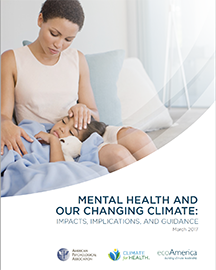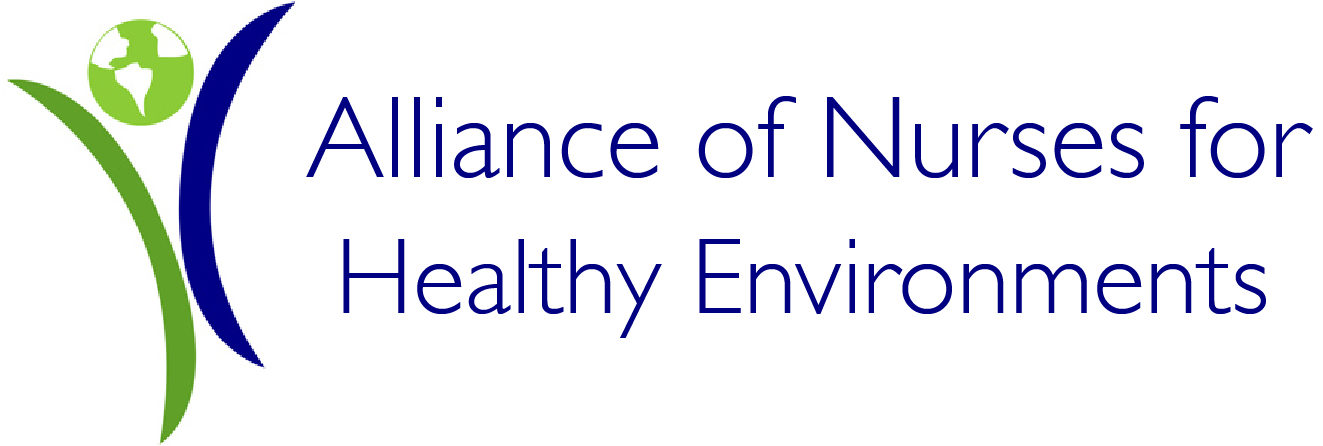Climate Change and Nursing is a video series, produced by Dr. Barbara Sattler, RN, DrPH, FAAN and Michelle Ruiz, MA, Instructional Designer, that introduces the health threats posed by climate change and the associated actions that nurses can take.
Climate Change Overview
Climate change is occurring globally, at unprecedented rates, and posing significant threats to public and environmental health. It is estimated that the Earth’s temperature over the last century has increased 1.5 degrees Fahrenheit, with projections only increasing in coming centuries. [i]

Human activities, such as burning fossil fuels, methane, carbon dioxide, and nitrous oxide, for energy production and use, transportation, industry (including healthcare), and agriculture have resulted in elevated levels of climate-destabilizing greenhouse gases in the atmosphere. Elevated concentrations of greenhouse gases are contributing to an enhanced greenhouse gas effect that leads to a trapping of heat and subsequent rise in Earth’s temperature. The science is conclusive that human activity is the dominant cause of rising global temperatures and without immediate action irreversible damage is likely.[ii]
Climate Change & Health
As a result of rising temperatures, changing and variable weather patterns are occurring, such as extreme temperatures–both heat and cold, rises in sea level from melting of snow and ice, changes in precipitation resulting in flooding and drought, more intense hurricanes and storms, wildfires, as well as poorer air quality. Health impacts associated with these changes include increases in infectious disease transmission, extreme weather event related morbidity and mortality, and reductions in food supply and displacement of populations as a result of increases in flooding and droughts.[iii]
 There are also consequences associated with air quality deterioration resulting from burning fossil fuels, coal combustion, and increasing levels of pollutants such as ground-level ozone, and particulate matter. Increased carbon emissions contribute to worsening rates of heart disease, cancer, stroke, chronic respiratory disease and asthma, and elevated atmospheric levels of ozone and particulate matter are associated with increased vulnerability to respiratory and cardiovascular diseases, and preterm birth. [iv]
There are also consequences associated with air quality deterioration resulting from burning fossil fuels, coal combustion, and increasing levels of pollutants such as ground-level ozone, and particulate matter. Increased carbon emissions contribute to worsening rates of heart disease, cancer, stroke, chronic respiratory disease and asthma, and elevated atmospheric levels of ozone and particulate matter are associated with increased vulnerability to respiratory and cardiovascular diseases, and preterm birth. [iv]
Certain populations will be extremely vulnerable to health impacts from climate change including children, the elderly, communities of color, low-income populations, and those with chronic health conditions. Additionally, with the range of climate regions across the United States, climate change will pose variable risks throughout the country.
Refer to ANHE’s 2016 report titled “Climate Change, Health, and Nursing: A Call to Action” for a further review of the science of climate change and relation to health, specific health impacts by U.S. region, and more information on how nurses can get involved in addressing this issue.
General Climate Change & Health Resources:
- Climate Change 101: Climate Science Basis–Brief fact sheet to increase understanding of the science of climate change
- The National Climate Assessment provides information on the current and projected impacts of climate change in the U.S., developed by a team of more than 300 experts and reviewed by the public and experts.
- Access past reports of the Intergovernmental Panel on Climate Change to review the evidence base for climate change.
- Learn how to apply health promotion interventions in caring for the planet a
 nd the systems in which human existence depends at Planetary Health Now!
nd the systems in which human existence depends at Planetary Health Now!
- Center for Climate Change and Health resources on climate, health impacts and inequities, and how climate change is a health opportunity, with climate action providing co-benefits for communities.
- ecoAmerica and the American Psychological Association’s report: Mental Health and Our Changing Climate: Impacts, Implications, and Guidances.
- Report: Medical Alert! Climate Change is Harming our Health
- The Center for Climate Adaptation Science and Solutions provides various Spanish-language resources related to climate change including the National Climate Assessment, the IPCC 5th Assessment Report, and the Southwest Climate Assessment Report.
- Learn more about some of the cross-sector initiatives across the world aimed at improving health through addressing climate change in the report, Multisolving at the Intersection of Health and Climate: Lessons from Success Stories.
- The Climate Policy Info Hub, a group of independent climate policy researchers, provides a summary of climate mitigation and adaptation strategies.
Global Climate & Health Resources
- The Climate Atlas of Canada provides information on climate science, interactive maps, and stories of climate impacts across Canada.
References
[i] United States Environmental Protection Agency. (2017). Climate change: Basic information. Retrieved from https://www.epa.gov/climatechange/climate-change-basic-information
[ii] International Panel on Climate Change. (2014). Climate change 2014 synthesis report: Summary for policymakers. Retrieved from http://www.ipcc.ch/pdf/assessment-report/ar5/syr/AR5_SYR_FINAL_SPM.pdf
[iii] Adlong, W., & Dietsch, E. (2015). Nursing and climate change: An emerging connection. Collegian, 22(1), 19-24.
[iv] Allen, P.J. (2015). Climate change: A review of potential health consequences. Primary Health Care, 25(7), 34-40.

